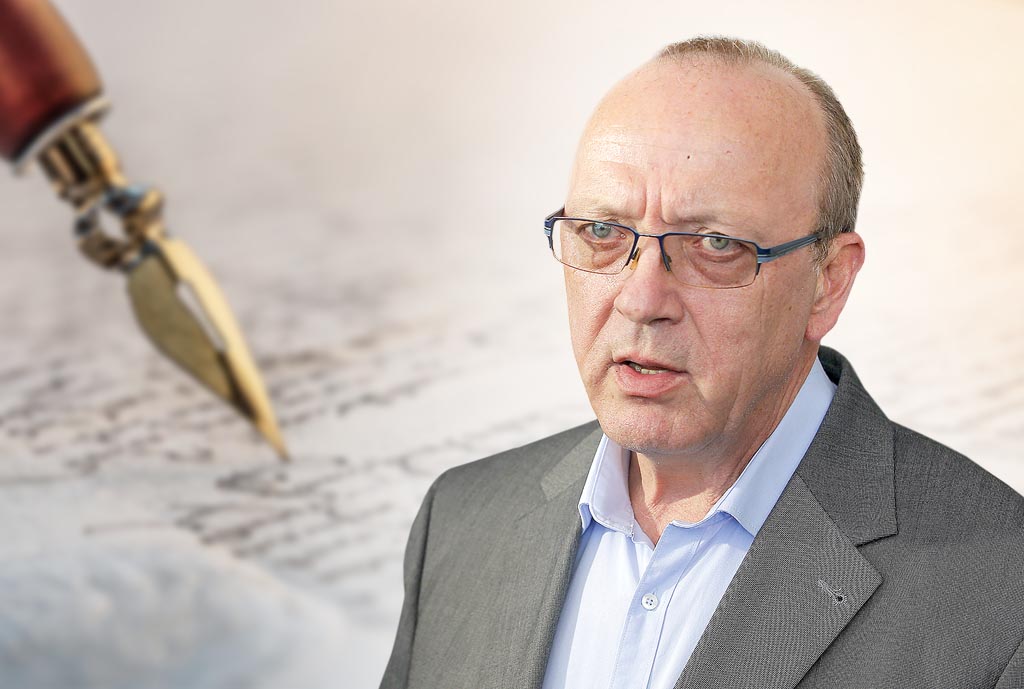By: Dr Vinko Gorenak
Slovenian history is quite diverse when it comes to the gathering and protesting of people. This form of expressing the people’s will was already known during the time of the Austro-Hungarian monarchy, as well as during the Kingdom of Yugoslavia. Later, protests during the time of socialism and communism somewhat quieted down, but not entirely.
In Celje, in 1987, we witnessed a truly mass protest by workers protesting the closure of the LIK Savinja Celje factory, which stood on the site where the CityCentre Celje shopping centre is today. In the late 80s and early 90s, we witnessed mass protests demanding the release of the “four” – Janša, Tasič, Borštner, and Zavrl – from military prison, the latter being only charged, not imprisoned. These protests were also for Slovenia’s independence and its democratization. In modern Slovenia, peaceful gatherings and protests are constitutionally guaranteed, which is why it is logical that there are relatively many protests of all kinds. But let’s take a look at some very important differences between protests.
In the recent history of independent Slovenia, peaceful and patriotic protests are usually organised by right-wing political parties or groups. The characteristic of these protests is that they are registered in accordance with the law, the organiser is known and ensures order, the speakers are known, and peaceful participants usually sing patriotic songs and wave Slovenian flags en masse. For example, protests before the court in Ljubljana in the Patria case, protests organised by Pavel Rupar with pensioners, or Aleš Primc, and protests usually organised by the SDS, NSi, or SLS are such.
The opposite of peaceful protests are, of course, violent protests. The characteristic of these is especially violence, but also spontaneity and the unregistered nature of such protests. It is usually the case that the organisers are unknown, and the protests are called via social networks and the like. Violent forms of protests, in Slovenia, are especially those organised by various leftists, who call for violence, overthrowing the government, and the like. The first such protests appeared in 2012/2013 and then again in 2020/2022. The very timing of these protests tells us everything: they are organised when a so-called centre-right government is in power, with Janez Janša at the helm.
I vividly remember the violent protests of 2012/2013 because I was the interior minister at that time. The anger of the violent leftists was directed at overthrowing Janša’s government. A similar situation occurred in 2020/2022 when there were also violent protests by the leftists. The most massive violent protests by leftists took place between October 3rd and 5th, 2021, when the meeting of the EU and Western Balkans heads of state and government was held in Ljubljana and Brdo near Kranj. Let’s not forget the violent protests by leftists in 2020, which occurred before the formation of Janša’s third government.
To simplify, many of today’s protests could be called a masquerade and not protests at all. In 2012, for example, there were protests in Ljubljana against Zoran Janković, where they unfolded a banner saying: “Zoki – crook – we love you.” Something similar is happening now, when protests in Ljubljana are also against Zoran Janković, who supported the Serbian dictator Vučić with a letter. The protesters demand an apology from Janković, but no one thinks to call for his resignation. That is why I call such protests a masquerade and not real protests.
